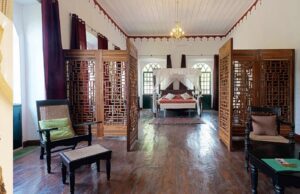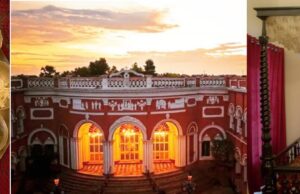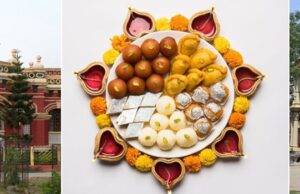
WoT's Hot
Bandel (43 kms): The main attractions here are the Church of our Lady of Bandel and the Monastery. This is the oldest Portuguese church in this part of the world. Bandel is a favorite spot on the banks of the Hugli.
Bishnupur (132 kms): Where every brick tells a story is atown in Bankura District of West Bengal, famous for its 17th and 18th century terra-cotta temples and baluchari saris made of tussar silk.The terracotta temples here are the best specimen of the classical style of Bengal architecture.There are impressive scenes from the Ramayana, Mahabharat and the Puranas carved on the temple walls.The Bishnupur Festival has emerged as a very popular festival for the local people and for the tourists too. Numerous artists come in the festival to showcase and sale their magnificent Terracotta works, sculptors and carvings. Local handicrafts flock in the exhibition arena with their products.
Chandernagore (39 kms): This former French colony is a beautifully laid town on the banks of the Hugli, with churches, convents and buildings reminiscent of the colonial French era. The Chandernagore Museum and Institute (Institut de Chandernagore) is one of the oldest and finest museums of the entire region. It boasts a beautiful collection of French antiques (like cannons used in the Anglo-French war, wooden furniture of 18th century, etc.) which are difficult to find anywhere else in the country. Chandernagore has 2 Hindu temples worth visiting.
Cooch Behar. Once a princely state, Cooch Behar’s main attraction is the palace of the Koch king Maharaja Nripendra Narayanand Madan Mohan Bari temple and has been declared a heritage town. The former was designed to resemble the Classical European style of the Italian Renaissance, this magnificent palace was built by the Maharaja in 1997 and has more than 50 rooms and halls, a billiard room, ballroom, library and a ladies gallery. The palace has some of the most beautiful paintings on its ceilings and walls.
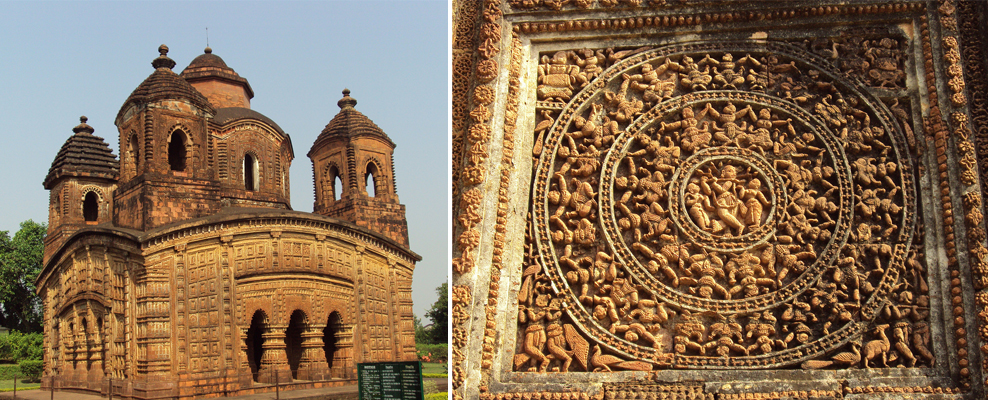
Digha (182 km). Near the boundary of Orissa and renowned for its beaches, Digha is visited by thousands of tourists every year. Digha is the nearest and most popular sea resort of West Bengal. a famous sea side is here. It is now crowded almost throughout the year with hoards of revelers.
Dooars. The place where nature has kept its doors open, this region, located in the district of Jalpaiguri and Cooch Behar, forms a gateway to the hill stations of North Bengal, Sikkim, Bhutan and the North-Eastern states. A vast texture of dense forests teeming with wildlife, unending tea gardens, babbling rivers, interspersed with sleepy or busy settlements, is what is what Doors is all about.
Kalimpong. This is a sleepy little town situated at the altitude of 1,200m and a distance of 50 odd kms to the east of Darjeeling. The monasteries of Kalimpong date back to 1836 and tell a rich story of past events but also of local art and culture. The places of visit are the Kalimpong Arts and Crafts Center and the Tharpa Choling Monastery – a repository of old scriptures and documents.
Murshidabad: Situated on the banks of Bhagirathi, Murshidabad is 14 km north of Behrampur in central West Bengal. The main attraction is the Hazarduari Palace . The three-storey building has 1,000 doors, 114 rooms with 8 galleries and was constructed using typical European style architecture. The palace has now been converted into a museum which is well worth more than a visit. Other places of interest include Nashipur Rajbari, Kathgola and Jahan Kosha Cannon.
Shantiniketan: The abode of peace, Shantiniketan is a small town near Bolpur. It was made famous by Nobel Laureate Rabindranath Tagore, whose vision became what is now a university town – Visava-Bharati University. The place now attracts thousands of visitors each year. The Shantiniketan campus is now adorned by splendid sculptures, frescoes, murals and paintings by Rabindranath, Nandalal Bose, Ramkinkar, Binodbehari Mukhopadhyay and others.
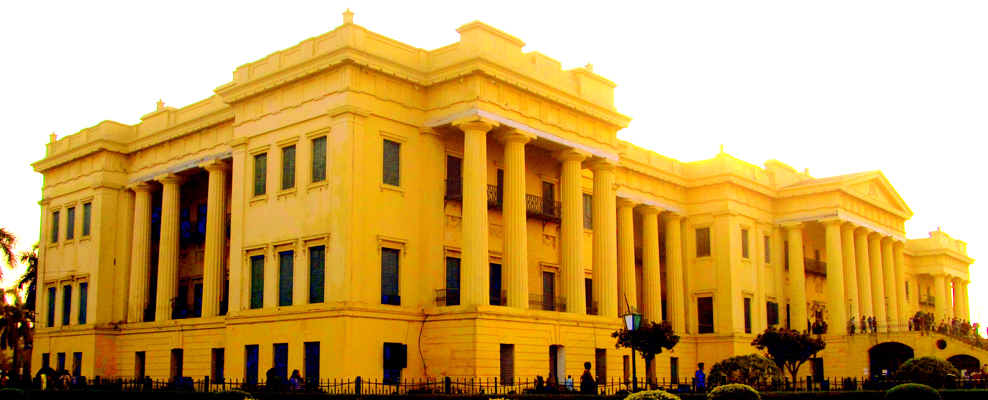
Other places of interest include the UpasanaGriha or Prayer Hall, made of several colored Belgium glasses with marble steps on all the four sides by the poet's father in 1863. During evening service, candle is lit around the prayer hall, and it wears a magnificent look in flickering light. Dehali, a two-stories building where Rabindranath lived with his wife. China Bhavana − A center for Chinese studies. The Black House − A mud building known for its relief works done by stalwarts like Ram Kinkar and PrabhasSen and Santiniketan Griha −The oldest building of Santiniketan. Bichitra: Also called Rabindra Bhavan, a Research Center and Museum where the poet's personal belongings, paintings & various editions of his works are exhibited.
Sundarbans: The Sundarbans is the largest single block of tidal, halophytic mangrove forests in the world. The Sundarbans is a UNESCO World heritage Site and spans a vast area covering 4,264 sq. km in India alone. It is the largest Tiger reserve and National Park in the country and is a paradise for bird watcher.
Bandel (43 kms): The main attractions here are the Church of our Lady of Bandel and the Monastery. This is the oldest Portuguese church in this part of the world. Bandel is a favorite spot on the banks of the Hugli.
Bishnupur (132 kms): Where every brick tells a story is atown in
Other Articles in WANNAGO WOT
What to read next
Featured articles

Welcome Festive Season in Glam, Latin Quarters Launches new #PujoBling Collection with Monami Ghosh
by WOT





































